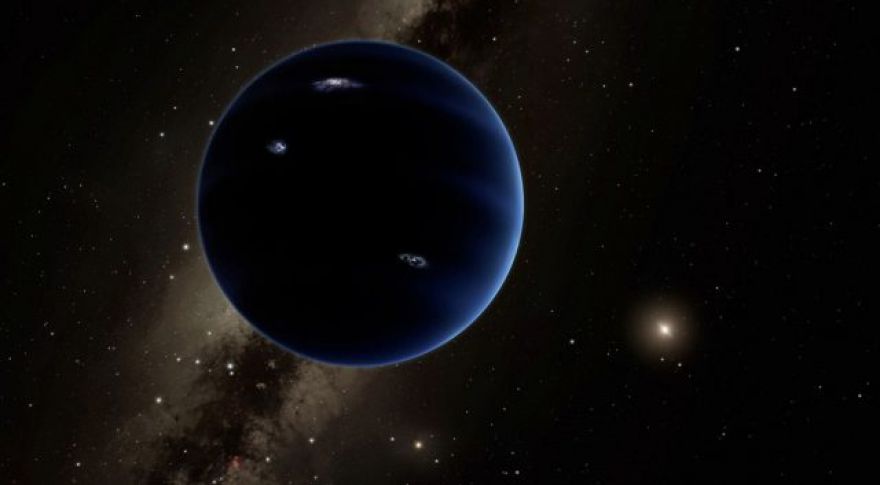
Planets are big, but they’re surprisingly hard to spot in the vastness of space. Astronomers are busy cataloging planets in other solar systems — that we missed until just recently. In fact, we aren’t 100% sure we’ve found all the planets in our own solar system. In a new study published in The Astronomical Journal, scientists present compelling evidence for the existence of a large planet orbiting at the edge of the solar system. The solar system used to have nine planets, of course. That hasn’t been true since Pluto was demoted to dwarf planet status a decade ago.

NASA has been in the news a fair bit this week. First things first: they . STEREO-B is one half of the STEREO mission to monitor the sun, and it’s been lost since 2014 (STEREO-A is still doing fine). Because of a “solar conjunction” with Earth, the probe went out of contact and ended up disappearing. But NASA didn’t give up the hunt, and they finally spotted STEREO-B, in an uncontrolled tumble. As soon as they had it, they made sure it was otherwise okay, and then powered it down to save its batteries. The next step is to try to get it back in working order, but that might take some time.

For four years, Google Fiber has offered a high-speed Internet access alternative. The impact of its $70-for-gigabit-fiber plans has been enormous — competitors like AT&T, Comcast, and Time Warner have all variously slashed prices and improved their access speeds when Google enters metropolitan markets. For those of us who don’t live in one of the company’s seven metropolitan coverage areas, there was always the hope Google would bring the service to a nearby city at some point in the future. Now, those plans . While Google Fiber has been well-received in the press and technical publications, actual sign-ups appear to be far below the company’s target goal of five million people.
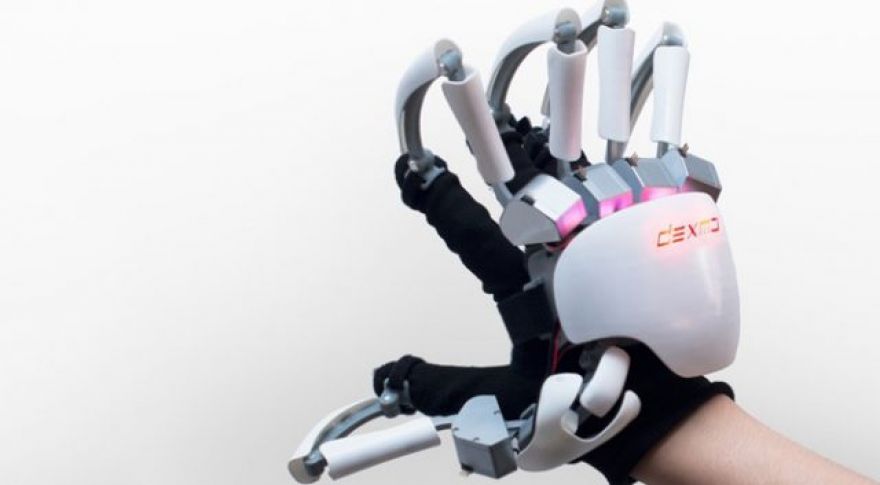
Virtual reality headsets like the HTC and Oculus can create realistic virtual worlds, and motion controllers can even let you interact with objects in them. However, this is the part of the experience that can feel less than immersive. While you can see all these virtual objects, you can’t feel them. A Chinese company called Dexta Robotics wants to change that with claw-like exoskeleton gloves called Dexmo. The idea is that objects in VR should have a certain size, as indicated by the way they are rendered. If a computer knows how large something is and the position of your hand, it should theoretically be able to generate a tactile response.
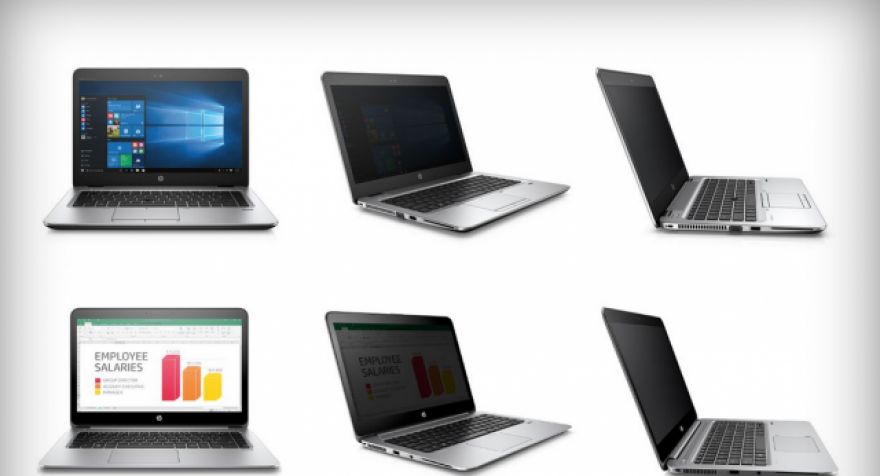
HP has announced a new set of EliteBook laptops with an adjustable privacy screen. The new technology, dubbed Sure View, will be available on both the EliteBook 840 and 1040 and can be turned on or off with the press of a button. By default, the laptop enjoys fairly wide viewing angles typical of most systems these days. Hit the button and the angle drops substantially, making the screen effectively invisible to those on either side and difficult to see even for those sitting behind you. The new technology, developed with 3M, from aftermarket overlays and filters that have been available for years.
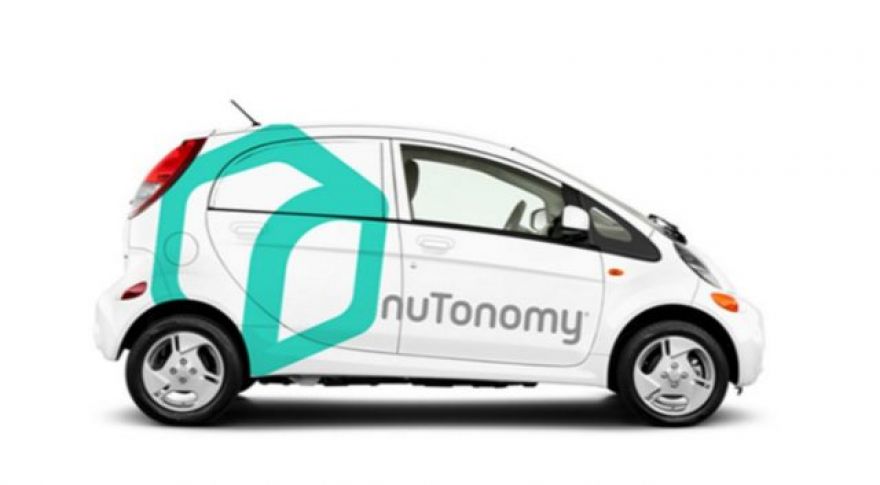
Singapore has announced that it is the country to host a fully self-driving taxi, powered by a totally real-sounding startup called nuTonomy, which came out of MIT earlier this year and raised several million in investor funding. The actual event is just a little pilot project based in a “business park” that’s only about two square kilometers to a side, but to hear the world’s tech press tell it, this could well be the beginning of the end for America’s global dominance — or at least Uber’s. Singapore is “beating” Uber, or so they say, and by extension the US is supposed to have lost something important, as well.
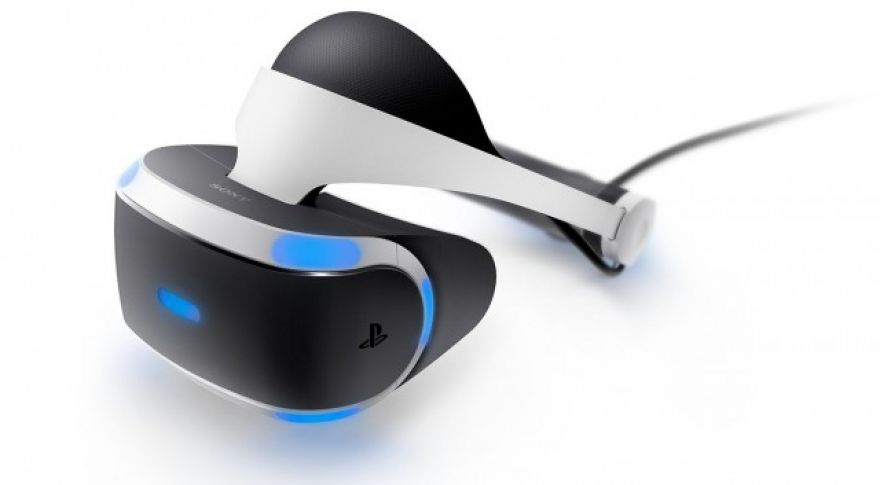
Virtual reality has the potential to reshape the entire gaming industry, but its early days for the technology. A recent survey by the UBM Game Network, which runs the Virtual Reality Developer’s Conference, GDC, and Gamasutra.com polled VR developers on their preferred platforms, game development plans, and long-term confidence in the medium. The was that game developers prefer the HTC Vive over the Oculus Rift, though the gap between the two is fairly small, at 5.4 percentage points. This question allowed for more than one answer, which is why the percentages add up to well over 100%.
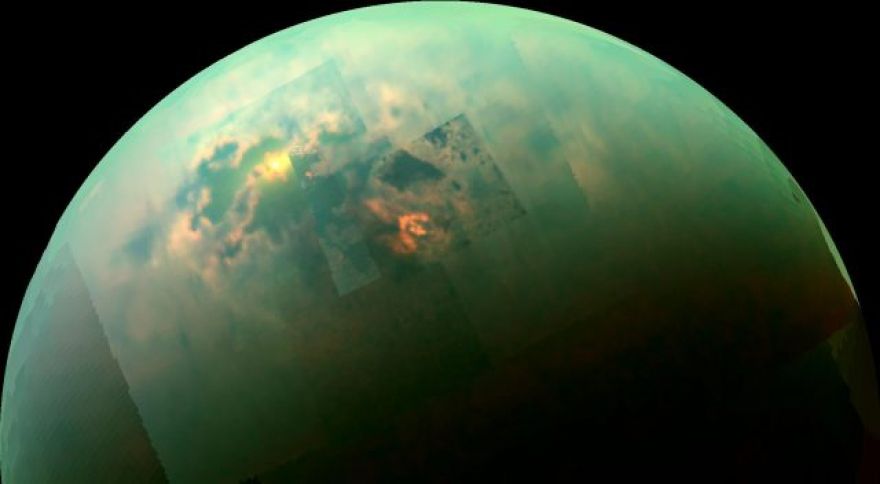
As recently as 2004, we knew ‘s largest moon Titan basically as a fuzzy orange blob, a cold, Mercury-sized satellite of a distant gas giant. Scientists knew it had a dense, nitrogen-rich atmosphere — the only one that we knew of, other than our own — but they weren’t sure about how the atmosphere was organized, nor how the planet’s surface dynamics went. Now has changed all that. In a recently released study worthy of NASA’s Titan Hall of Fame, Cassini peers through the nitrogen fog at the surface, and specular highlights and radar measurements confirm our predictions. Titan is covered in surface features that are just like what we have on Earth… but a whole lot different, too.
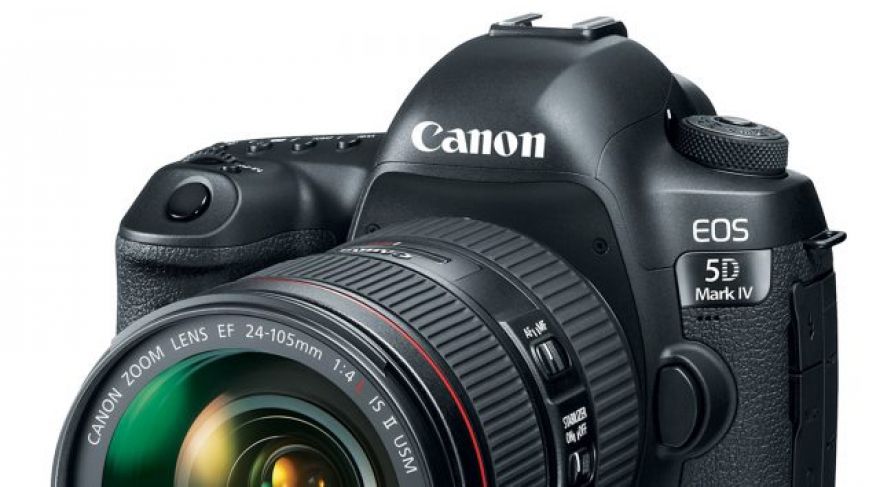
The just-released Canon 5D Mark IV DSLR takes Canon into the realm of 4K video while increasing the size of stills to 6720 x 4480 pixels. A new 30.4-megapixel dual pixel sensor improves focus speed, Canon says, and can capture two images simultaneously with slight different focus points that can be adjusted in post-processing. The 5D has become a staple of news, wedding, concert, and event photographers, as well as videographers. The EOS 5D Mark IV does more of everything at the same $3,499 list price as the 2012-era 5D Mark III predecessor. The Mark IV ships in September as a camera body only, or in a kit with the second-generation EF24-105mm f/4L IS II USM lens for $4,599.









